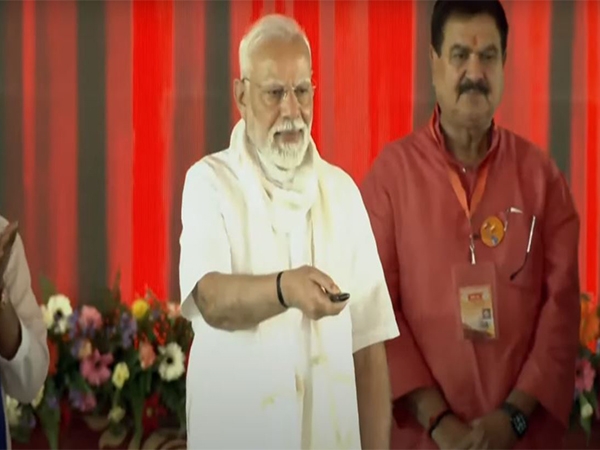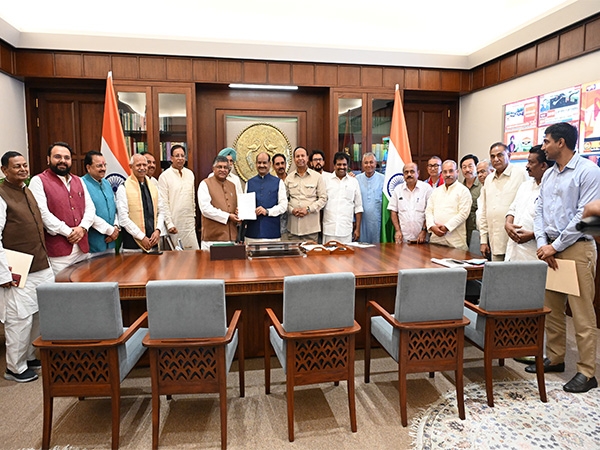Is there a design to fracture mandate in Kashmir as alleged by Omar?

On the stump across Kashmir, the former J&K Chief Minister Omar Abdullah has warned of the attempts being made to divide the mandate in Kashmir Valley, apparently to benefit the BJP in the state. Omar's worry springs from the growing challenge from the otherwise marginal political parties like People's Conference headed by Sajad Gani Lone and the launching of a political outfit by the IAS officer turned politician Shah Faesal. This, he thinks, will divide the vote in the Valley rendering any Valley-based party incapable of forming the government on its own. And which, according to Omar, is also the design behind the strategy.
“Contesting elections or floating your own political party is part of democracy and I don’t have any issues with that. But why is it that these political parties are launched only in Kashmir; why not from Jammu or Ladakh? Doesn’t it clearly indicate a ploy aimed at dividing us further?” Omar said at a recent convention of his party workers in South Kashmir's Anantnag town.
However, Omar is not alone in flagging the issue. It has a deep resonance on the ground, so he plays to a large constituency that is receptive to his concern. In recent years, Kashmir's political scene has become crowded which in turn has divided the 47 Assembly seats of the Valley (J&K in total has 87 seats) among several political parties, diminishing their respective political standing. Omar's National Conference has been at the receiving end of this changing state of affairs.
On the contrary, Jammu, which sends 37 seats to the J&K House has largely consolidated around the BJP, which in 2014 polls won 24 of its 25 seats from the province and one seat from Ladakh, which has four Assembly seats.
In Kashmir Valley, the vote was split mainly among the PDP which with 28 seats (25 of them from the Valley) emerged as the largest single party followed by the NC and Congress which won 15 and 12 seats respectively.
So, people and the parties in the Valley see in this shift the progressive weakening of the political standing of their province relative to Jammu where over the past two decades, two national parties have largely held sway - the BJP and the Congress.
The BJP's spectacular rise in the Muslim majority state has further fuelled these fears. The people apprehend that the floating of the new parties is part of deliberate political engineering to ensure no J&K based party is in a position to rule the state singly.
"I see the attempt to divide votes in Kashmir as part of a strategy," says the senior PDP leader Naeem Akhter. "And I think in Kashmir this strategy has succeeded to a large extent".
Being India’s only Muslim majority state, J&K, according to Census 2011, has 68.3 percent Muslim population, while Hindus constitute 30 percent, Sikhs 2 percent, and Buddhists, a little more than 1 percent.
But broken down into the state’s three regions Kashmir, Jammu and Ladakh - a different picture emerges. Kashmir’s population of around 70 lakh — the largest among the three regions — is 97 percent Muslim, with the remaining 3 percent comprising Kashmiri Pandits and Sikhs. In contrast, Jammu’s population of more than 53 lakh comprises 65 percent Hindus, 31 percent Muslims and 4 percent Sikhs. And Ladakh’s population of more than 2 lakh is more or less evenly split between Muslims (47.4 percent) and Buddhists (45.8 percent) with Hindus comprising the remaining 6 percent.
But ever since 1996 when the National Conference got an absolute majority securing 57 out of 87 seats, no party in the state has secured a majority on its own. From 2002 onwards J&K has had three successive coalition governments - PDP-Congress, NC-Congress and PDP-BJP.
The coalitions began with the advent in Kashmir Valley of the PDP in 1999. The party formed by the former Congress leader Mufti Mohammad Sayeed and his daughter Mehbooba Mufti morphed into a credible Opposition by 2002 when it ended the NC’s vaunted political hold on Kashmir in the then Assembly polls. The new situation turned Congress into a kingmaker over the following twelve years. With the Valley’s seats split between them, the NC and PDP were hardly in a position to form the government without the Congress support. But in 2014 polls when Congress was decimated in Jammu, the BJP stepped into the breach, obliging the single largest party PDP to share power with the saffron party.
Now this time around, the Valley has seen the addition of Faesal's party. This takes the number of local parties in Kashmir to five: NC, PDP, People's Conference, Awami Itihad Party, J&K People's Movement. There are also popular independent leaders like Hakeem Yaseen and Ghulam Hassan Mir which further nibble away at the tallies of both the NC and PDP. Besides national parties like Congress which has a substantial presence in the Valley, there is the CPI(M) and also the BJP which has tried to tap into sectarian and ethnic differences in Muslim community to build its presence in the Muslim majority region.
"This has created the fear and perception in the Valley that the advent of new parties and the leaders is not organic in nature but is pursued with a design," says Naseer Ahmad, a local columnist. "This has become one more cause of grievance and consequent alienation in the state".


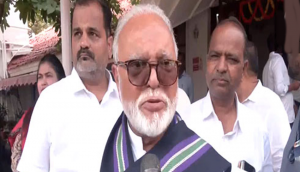
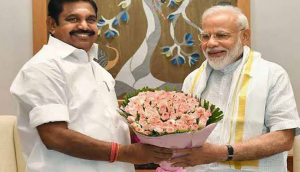
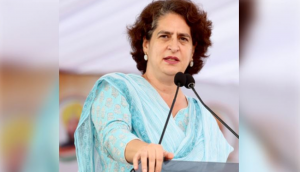
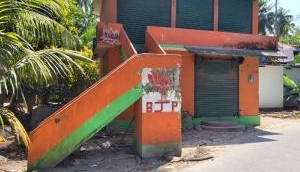
![BJP's Kapil Mishra recreates Shankar Mahadevan’s ‘Breathless’ song to highlight Delhi pollution [WATCH] BJP's Kapil Mishra recreates Shankar Mahadevan’s ‘Breathless’ song to highlight Delhi pollution [WATCH]](https://images.catchnews.com/upload/2022/11/03/kapil-mishra_240884_300x172.png)

![Anupam Kher shares pictures of his toned body on 67th birthday [MUST SEE] Anupam Kher shares pictures of his toned body on 67th birthday [MUST SEE]](https://images.catchnews.com/upload/2022/03/07/Anupam_kher_231145_300x172.jpg)





